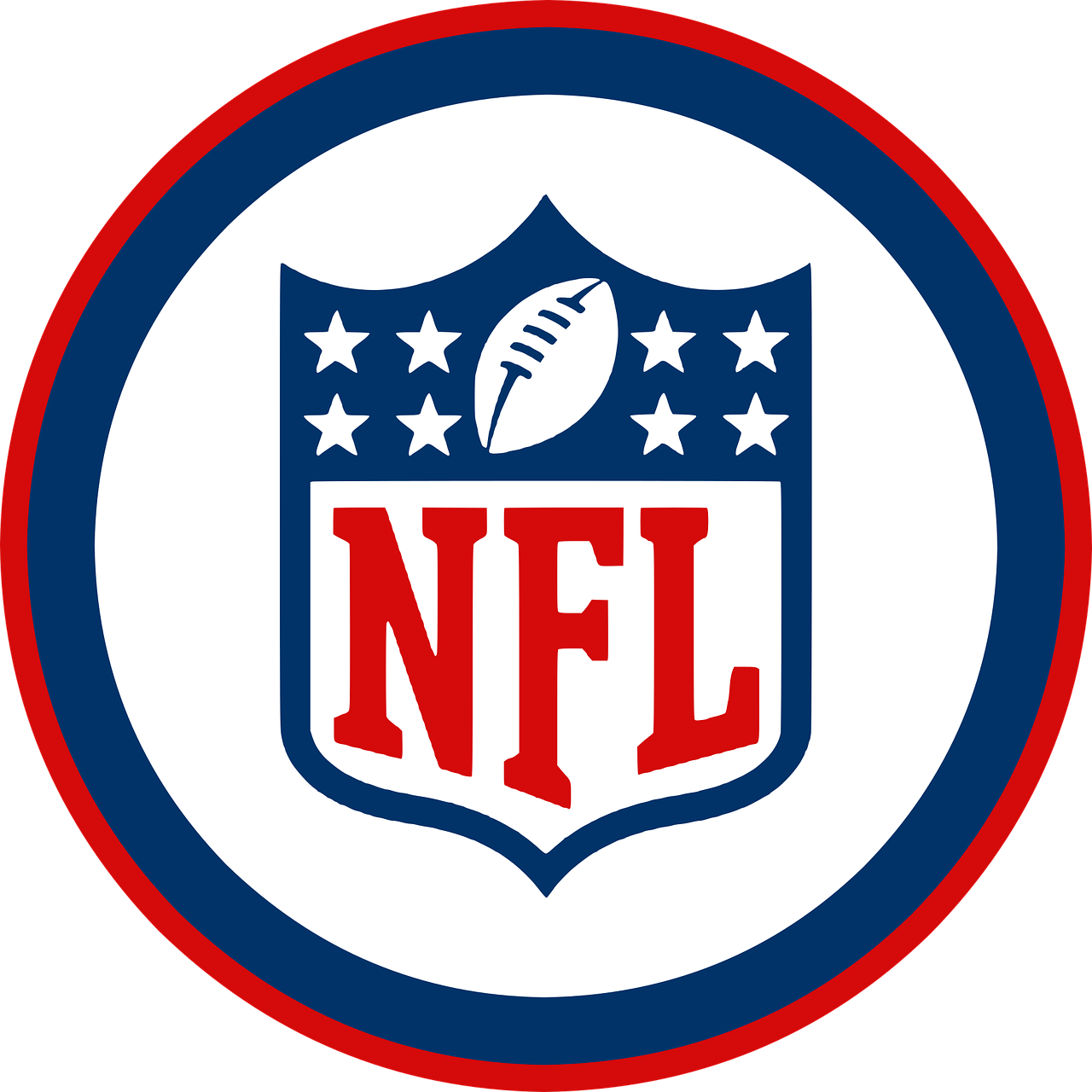
Disney is making a major move in the sports world—and it could change how fans watch football forever. This week, Disney announced that ESPN will acquire the NFL Network, RedZone, and NFL Fantasy in exchange for giving the NFL a 10% ownership stake in ESPN. That stake is estimated to be worth at least $2 billion. ESPN will also acquire the rights to broadcast 28 NFL games annually and gain access to exclusive NFL content.
The timing is no coincidence. ESPN is preparing to launch its new direct-to-consumer streaming service on August 21, and adding more NFL coverage gives it a big edge. For Disney, bringing in the NFL’s massive fanbase could be key to boosting subscriber growth. And for the NFL, the partnership offers broader exposure by teaming up with a media powerhouse like Disney.
Why Sports = Streaming Power
This deal isn't just about football; it's about advertising. In today’s media world, live sports are one of the few things that still draw big, loyal audiences. That makes them extremely attractive to advertisers. And no sport brings in bigger ad dollars than the NFL.
Still, there’s a challenge. Some NFL programs, like RedZone, don’t include traditional commercial breaks. That means ESPN will have to get creative with how it incorporates ads, possibly using formats like ticker ads, split screens, or even interactive ad placements. It’s a balancing act: keeping fans engaged without interrupting the action.
Finding the Game in a Crowded Market
One concern for fans is how hard it’s becoming to track down where to watch their favorite teams. NFL games are now scattered across a growing list of platforms—ESPN’s upcoming streamer, Amazon Prime, Peacock, Paramount+, Netflix, and others. Disney hinted that bundling services could eventually help simplify things, and the company’s recent decision to fold Hulu into Disney+ shows they’re already thinking along those lines.
A New Era for Sports Media?
This partnership also signals a shift in how sports leagues and media companies work together. With the NFL now holding a piece of ESPN, questions could arise about favoritism or bias. But because the stake is relatively small, most experts don’t see it as a red flag, for now.
What’s clear is that this move gives Disney a serious advantage as streaming becomes the future of sports. And it may inspire other leagues to rethink their own media strategies in the months to come.
Cate Bender, the author, is Project Coordinator of Marketing Keys